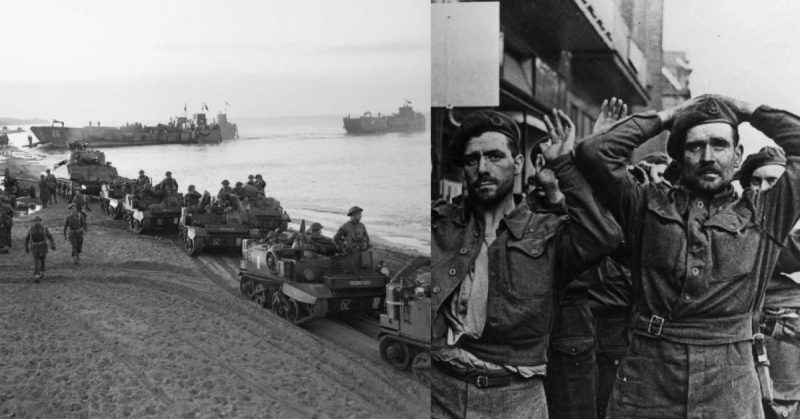Now, decades after World War 2 ended, it is easy for us to look back and point out where the commanders made the wrong decision because we now know both sides of the story.
But then it was the task of the intelligence services and a lot of estimated guesses to figure out what the other side would do, so it is easy to look back and say “this was a mistake.”
However, we did it anyway and are looking back on the European theater and see which mistakes the Allies made.
1. Failure to Attack Germany After It Invaded Poland
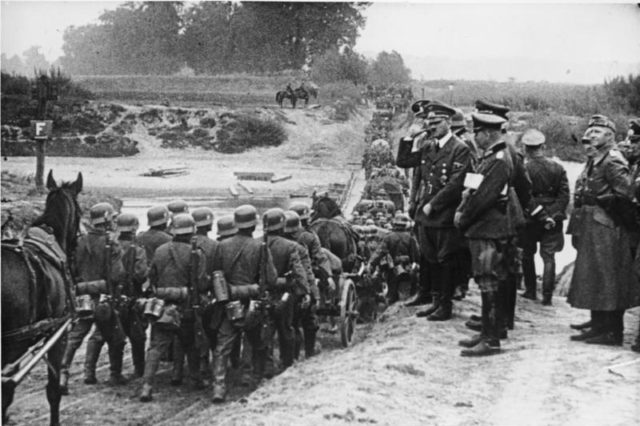
Starting from the beginning, one of the first mistakes made happened immediately after the invasion of Poland, on September 1st, 1939, when neither Britain nor France did anything to help Poland. They allowed the German army to focus its full strength on Poland, knowing that the Polish forces were poorly prepared to resist the German army.
While most of the German army was engaged in Poland, a much smaller German force manned the Siegfried Line, their fortified defensive line along the French border.
At the Maginot Line on the other side of the border, French and British troops stood facing them, but there were only some local, minor skirmishes, while in the air there were only some occasional dogfights between fighter planes.
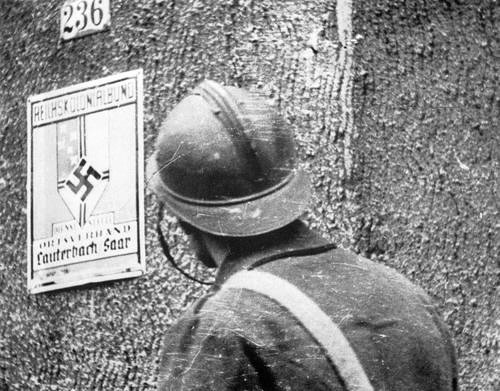
At the Nuremberg Trials, German military commander Alfred Jodl said that “if we did not collapse already in the year 1939 that was due only to the fact that during the Polish campaign, the approximately 110 French and British divisions in the West were held completely inactive against the 23 German divisions.”
General Siegfried Westphal stated that if the French had attacked in force in September 1939 the German army “could only have held out for one or two weeks.”
2. Failure to Anticipate a German Blitz Through the Ardennes
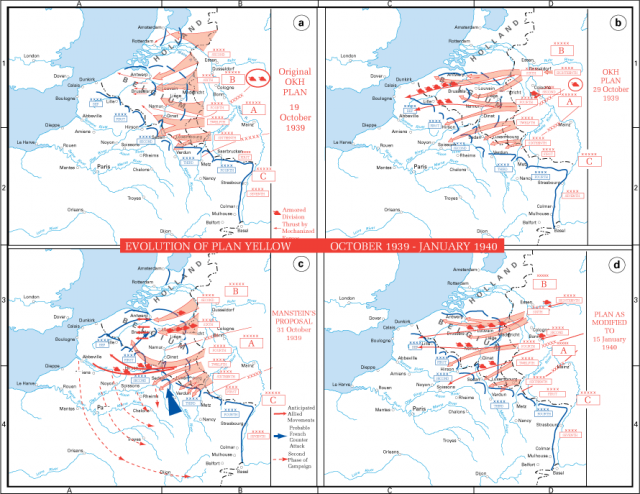
In the years leading up to the second world war, France relied heavily on their fixed defenses in the Maginot line. This line ended on the French border with Belgium where the Ardennes start.
An agreement was reached with neutral Belgium and the Netherlands that a combined force of French and British units would rush north in case of a German invasion.
After Germany invasion had commenced, this plan was put into operation, and a large force moved north pivoting on the Ardennes, this was the moment the Germans were waiting for, and they launched their second phase of the attack.
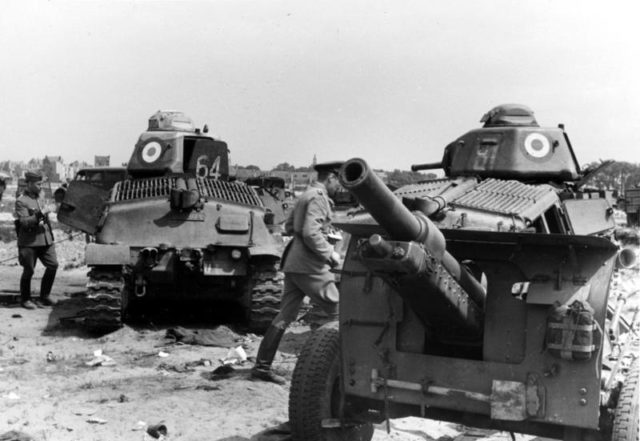
German armored units pushed through the Ardennes and then along the Somme valley to reach the Channel coast. They thereby cut off and surround the Allied units that had advanced into Belgium.
When British and adjacent French forces were pushed back to the sea by the highly mobile and well-organized German operation, the British government decided to evacuate the British Expeditionary Force (BEF) as well as several French divisions at Dunkirk in Operation Dynamo.
After the evacuation ended and German troops had taken all the channel ports, they focussed on taking the rest of France, which capitulated on June 22th, 1940.
3. America’s Failure to Immediately Adopt the Convoy System
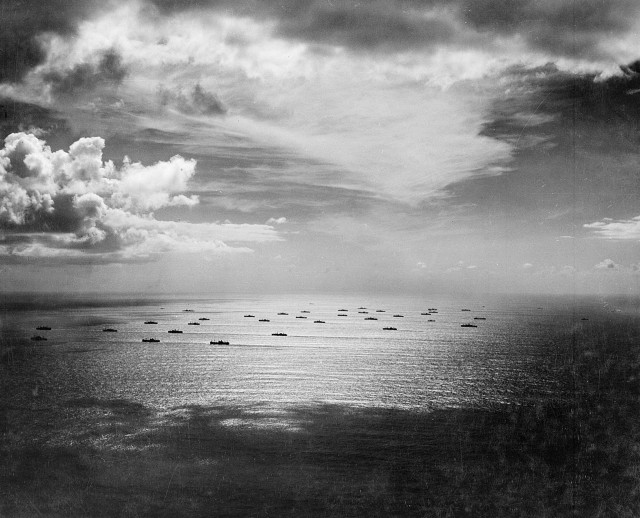
Before overt participation in WWII, the US was actively engaged in convoys with the British in the North Atlantic Ocean, primarily supporting British activities in Iceland.
On the entry of the U.S. into World War II, the U.S. Navy decided not to start with convoys on the eastern coast. Fleet Admiral Ernest King ignored advice on this subject from the British as he had formed a poor opinion of the Royal Navy early in his career.
The result was what the U-boat crews called their Second Happy Time, which lasted from January 1942 to about August of that year when convoys were finally introduced.
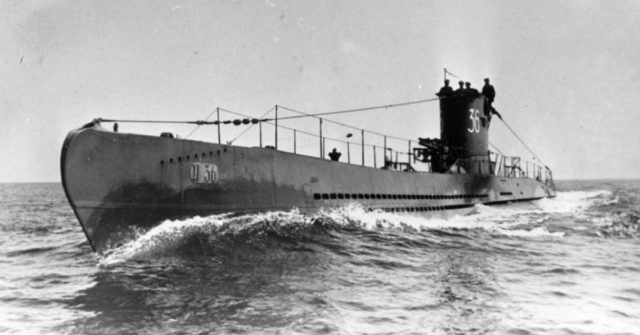
German submariners named it the happy time as defense measures were weak and disorganized, and the U-boats were able to inflict massive damage with little risk.
During this period, Axis submarines sank 609 ships totaling 3.1 million tons and the loss of thousands of lives, mainly those of merchant mariners, against a loss of only 22 U-boats. This was roughly one-quarter of all shipping sunk by U-boats during the entire Second World War.
4. The Utterly Useless Raid on Dieppe
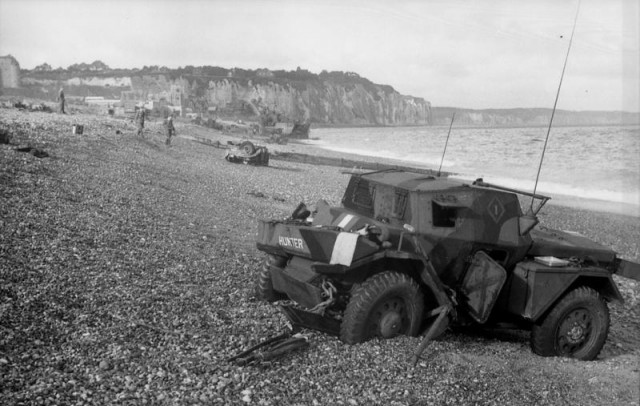
Dieppe is a French port on the English Channel. In 1942 France was firmly in German hands, and the Normandy invasion was still almost two years away. The British government wanted to boost morale by launching an attack against Western Europe.
There was also pressure from the Soviet Union to open up a second front, so the British wished to demonstrate to the Russians that they were committed to a second front. It was decided to launch a raid against Dieppe.
On August 19, 6,000 troops, mostly Canadians, plus some British and US Army Rangers, began the attack at 5.00 am. The Canadians were supported by the 1st Canadian Tank Brigade, the Royal Navy, and the Royal Air Force.
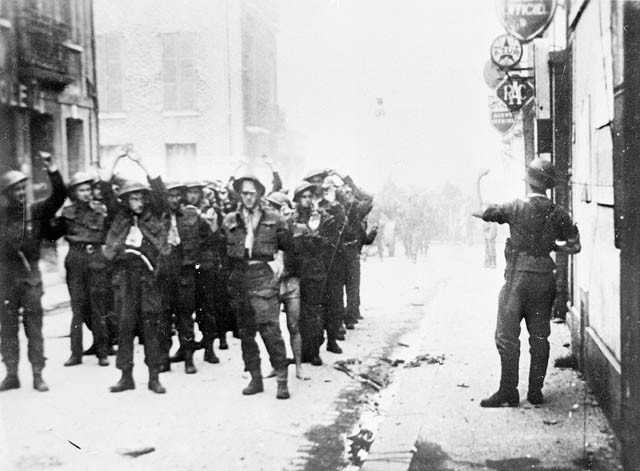
Their aim was to capture Dieppe for a time, gather intelligence, and prove to the British public that Germans could be defeated. They were also to destroy coastal defenses.
However, as soon as the forces landed they were trapped by superior German fire. By 10.50 am the same day only a few troops remained on the beach. Sixty percent of the original force was killed, wounded or captured; the rest were evacuated.
The RAF lost 138 planes to the German’s 48. The Royal Navy lost a destroyer and 33 landing craft.
The raid achieved none of its aims, indeed, it demonstrated to the British public and the Soviets that they were as yet incapable of taking on Hitler on his own ground.
5. Roosevelt’s Demand of “Unconditional” German Surrender
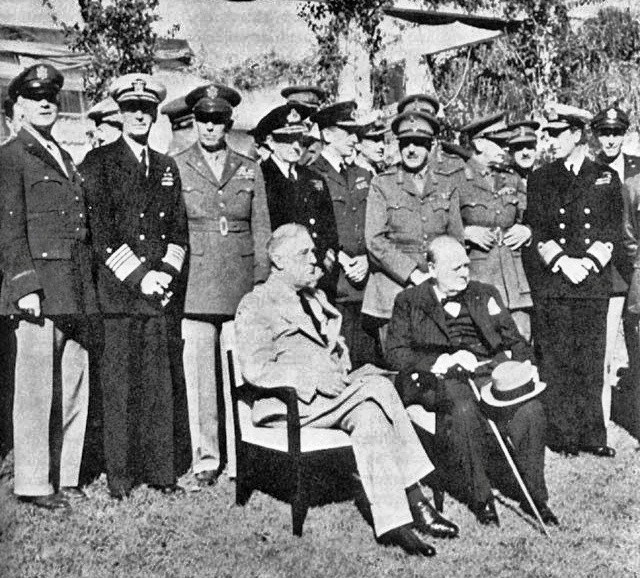
The leaders of Britain, the United States, and Free France met at Casablanca in French Morocco from January 14 to January 24, 1943.
Joseph Stalin, the leader of Soviet Russia, was not present on account of the Battle of Stalingrad. The aim of the conference was to decide on a common purpose in the war against Germany.
President Roosevelt demanded that Germany would be made to unconditionally surrender. This meant that no terms of peace would be agreed upon with Germany and its allies. The Axis powers would have to unconditional surrender to the Allies.
Winston Churchill and Joseph Stalin did not agree with this idea; they felt that if the German people believed they had no choice but to keep fighting, the war would be prolonged. Indeed, it seems this is what happened.
Also, in Nazi Germany, there were leaders who wanted to overthrow Hitler and end the war. Why would they do so if they could not negotiate peace? Nevertheless, Roosevelt’s decision was accepted.
It has also been suggested if Germany had been allowed to make peace, central Europe might not have come under the domination of the Soviet Union.
6. The Failure to Seize the Early Initiative At Anzio
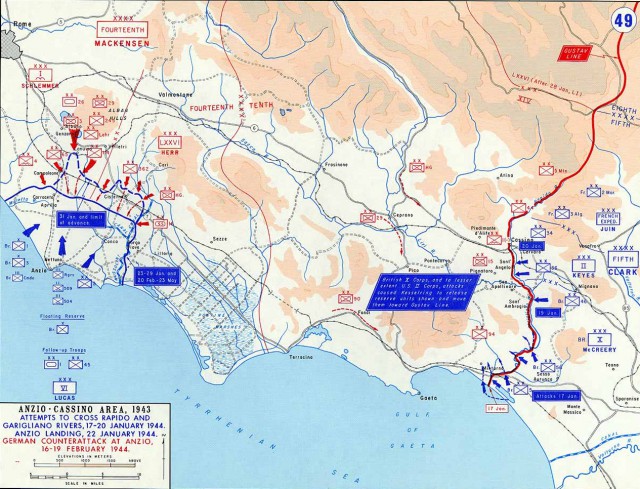
The Battle of Anzio took place on January 22, 1944, part of the Allied campaign for the control of Italy. It was an amphibious landing just 51 kilometers south of Rome, under the command of US Major General John P. Lucas.
The goal of the landing was to outflank the German forces’ strong defensive line and attack Rome.
Victory depended on surprising the enemy if the enemy were allowed to occupy defensive positions in the mountains that surrounded Anzio the Allies would be trapped.
Lucas and his troops did, in fact, surprise the Germans and Italians and the road to Rome was clear. Nevertheless, Lucas believed his troops were not ready to march and waited.
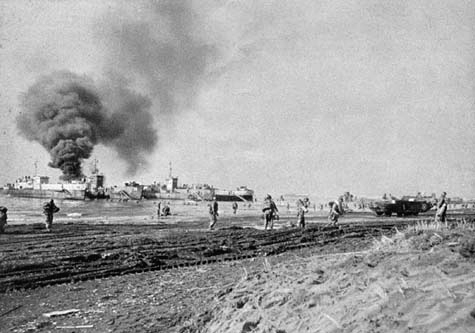
Field Marshal Albert Kesselring, the German commander, took advantage of Lucas’s inactivity to form a ring around the Allied troops.
For weeks they were shelled furiously by German artillery, the Germans also flooded the local marshes, further trapping the Allied forces.
Lucas was replaced by Major General Lucian Truscott who finally broke through the enemy lines in May 1944. However, instead of striking at the Germans and cutting them off, he was ordered by Mark Clark to advance to the northwest and captured Rome on June 4.
This allowed the Germans to pull back and join Kesselring and his forces in a defensive position north of Rome.
The Italian campaign might have been shortened considerably had Lucas captured Rome when he could or had Truscott been allowed to cut off the Germans Forces at the Gustav line.
7. The Premature and Overly Ambitious Operation Market Garden
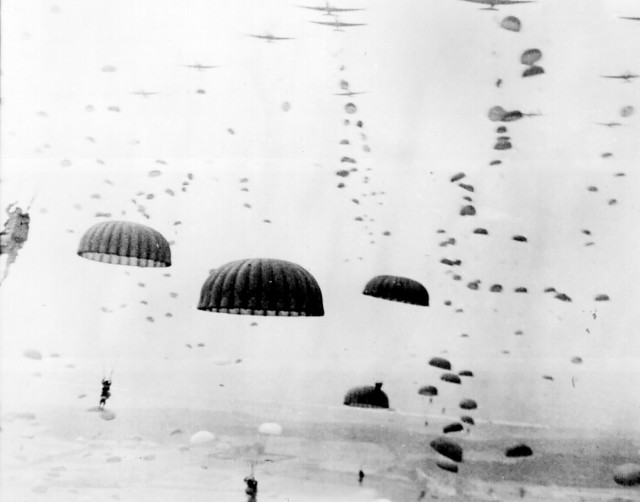
In June 1944 Allied forces landed at Normandy. In the months that followed, France was liberated, but they needed to invade Germany itself. Field Marshal Bernard Montgomery wanted to open a route to Germany through the Netherlands.
He wished to avoid the Siegfried Line, a string of forts along the border of France. He also wished to strike at Germany’s important industrial center in the Ruhr, depriving Germany of vital resources and shortening the war.
The plan involved his British, American, Polish and Dutch troops securing important bridges along the Meuse, Waal and Lower Rhine Rivers. He used airborne troops for this purpose. The campaign began well, on September 17, with the capture of bridges at Arnhem and Grave.
However, the advance of ground troops faltered when the enemy blew up a bridge over the Wilhelmina Canal at Son. The supply line for the Allied troops rapidly became overstretched and weak, and the important bridge on the Waal at Nijmegen was not captured until September 20.
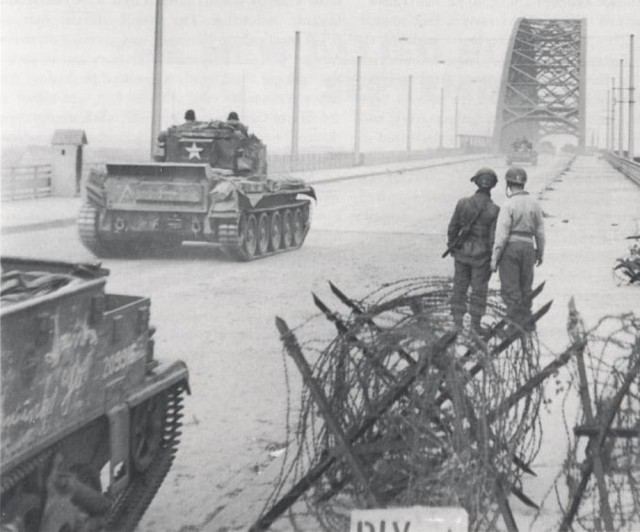
At Arnhem, there was a further setback. The British 1st Airborne Division miscalculated the strength of the defenders, and they were overwhelmed at the Arnhem Bridge on September 21.
What remained of the division was bottled up at Oosterbeek and was eventually evacuated across the Rhine River on September 25.
The Allies had seriously underestimated German strength in the Netherlands. They had hoped to end the war by Christmas 1944, but it was until March the following year that the Rhine was finally crossed.
